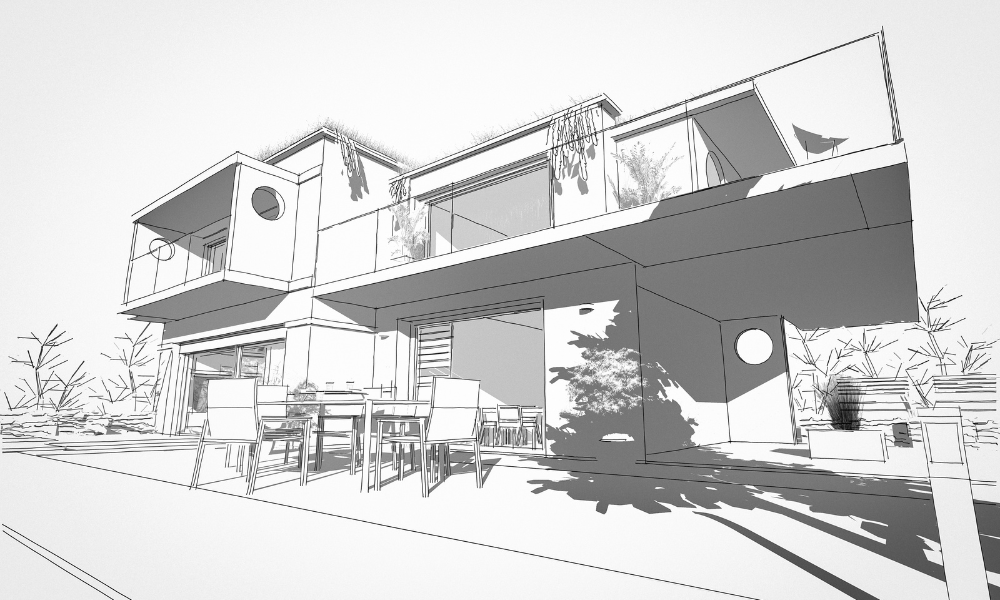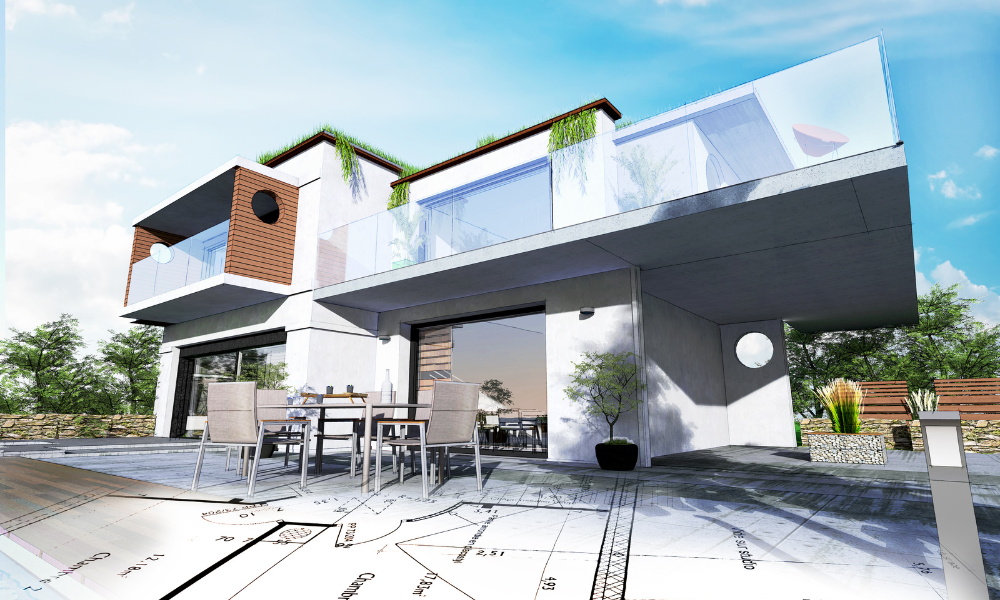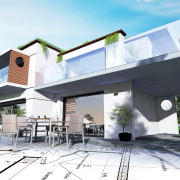How many architects does it take to build a Minecraft village?
Any of you with kids will know the draw of Minecraft. But does it resonate with the architects among you?
You may well chuckle. After all, those of us in the built environment sector pride ourselves on design work far superior to the block shapes of Mojang Studios. But gaming industry technology is helping transform 3D conception in architecture through BIM and CAD data models. And visualisation techniques from video games are helping planners and the public understand architecture.
What’s more – there’s evidence to suggest this type of gaming might also help architecture’s bid to decarbonise.
Tech talk
Architectural technology has emerged as a field of study in recent years, examining how technology and design interact.
The relatively new subject deals with the composition of buildings and their performance, looking to automate the design process to quicken construction and ensure high-performance. Building Information Modelling (BIM), is an example of this and something we adhere to at NJ Architects, allowing us to collaborate effectively with design and construction consultants. Alongside computational design, it helps blend reality with the physical world which allows clients to better visualise projects while helping designers to collaborate online and work more easily with manufacturers.


Epic Games – best known as the game and software developer responsible for Fortnite – recognised early on that it could facilitate industries like ours with tech, creating Twinmotion software which allows architects to make use of visualisation technology developed for the gaming industry. But aside from helping with design and specification, can tech also help architecture to become greener?
The green machine
As widely reported, the construction industry is responsible for 40% of all carbon emissions in the UK and with government targets in place to reach Net Zero goals, the pressure is on the sector to rapidly raise its game. But all construction projects start with the design process. So this is really where we can ensure that the work undertaken is offset by the building being created.
Tech has made sustainability expertise more accessible and with it, architects are finding new tools to incorporate such as daylighting, thermal comfort and energy saving technologies such as heat pumps and more. There is also a more holistic understanding of sustainability in terms of early-stage decisions that massively impact on carbon footprint and waste. But it is BIM and digital twin technology – which is a virtual model to accurately reflect a physical object – that can really help the industry steal a march on more sustainably designed and operated buildings – informing more eco-friendly construction projects.
According to a recent report, digital twin technology can help reduce carbon emissions by 50-100% within buildings, as well as reduce operating costs by 35% and boost productivity and efficiency by 20%, making immersive technology essential in the fight against climate change. Meanwhile, research from Cap Gemini found that 57% of organisations believe digital twin technology is critical to improving sustainability efforts, giving you a complete picture of how a system operates in real-time to improve reporting.
Also, because BIM allows you to track the progress of your construction project from start to finish, you can make better decisions about materials, configurations, and other construction elements that impact the carbon footprint of a project.
It appears that a cloud-based, AI-based future could significantly help our community of professionals.
So before you tell off your child for another bout of Minecraft immersion, consider joining them to explore the wonders of technology and how it might be applied to drive sustainable architecture further. Just don’t let those Creepers get you!





